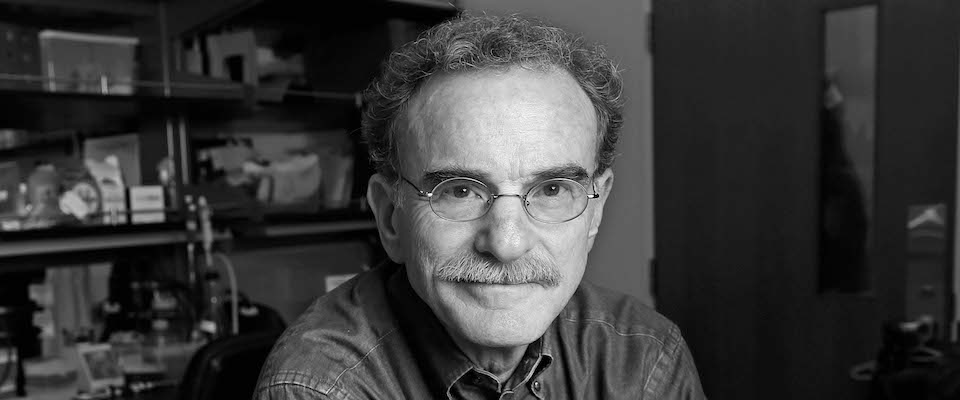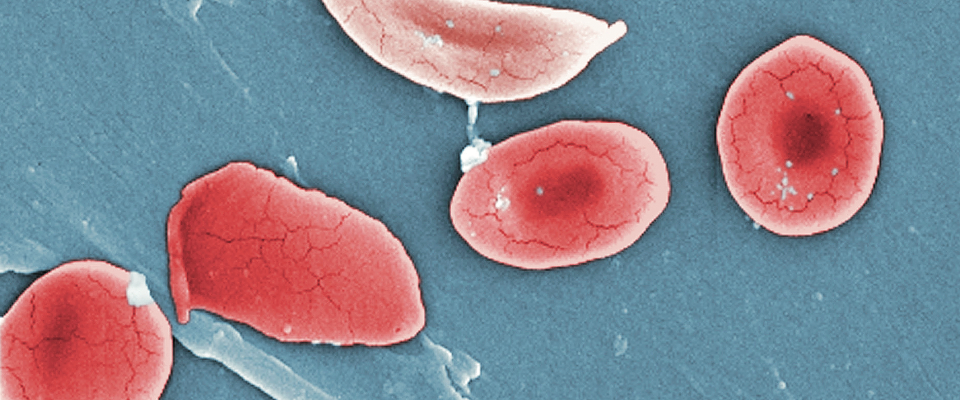Three decades after UC researchers created the biotechnology industry, stem cell science is generating "the second revolution in biotechnology," according to Randy Schekman, director of Berkeley’s Stem Cell Center. This one, heavier in politics, morality, and heady talk of cures for dozens of diseases, is arguably more monumental than the first. "We all have family and friends who suffer from these diseases," says Schekman, whose wife has Parkinson’s disease. "Now, we have the prospect of not just palliative care, such as treating diabetes with injections, but of cures."
With access to human embryonic stem cell (HESC) lines still restricted by a presidential order, California voters in 2004 passed Proposition 71, providing $3 billion in funding to support stem cell science. Legal challenges to the proposition have limited the state’s ability to provide substantial funding so far, but the new climate has generated large contributions from private donors. UCLA, which in 2005 committed $20 million over five years to establish the Institute for Stem Cell Biology and Medicine, was able to land five highly sought-after stem cell researchers. "Clearly, the presence of Prop. 71 has given us a special edge in attracting superb new faculty," says Owen Witte, the institute’s director.
Already, a company in Menlo Park, working with UC Irvine scientist Hans Keirstead, has announced it hopes to begin a clinical trial this year on an HESC-based treatment for spinal cord injury. Neurological disorders such as Parkinson’s disease and metabolic disorders such as diabetes are also seen as low-hanging fruit. But scientists caution they’re still learning the fundamentals, including how to grow cells that will remain unspecialized while replicating, and what signals cause HESCs to specialize. They also must learn how to deliver the cells to the desired place in the body, protect them against an attack by the body’s immune system, and ensure that they won’t continue to reproduce unchecked, promoting cancer.
Less-heralded HESC research uses laboratory models to reveal the root causes of diseases by recapitulating their processes under the microscope— a method that may lead to more effective and efficient drugs. "That’s a more traditional match for the pharmaceutical industry. If I were to speculate, that will occupy the next decades of work with these cells," says Schekman.
"We have a new set of tools for resolving long-standing questions in developmental biology," says Robert Tjian, a Berkeley biochemist who has researched the signals inside cells. "With the potential to have a big impact on a number of currently untreatable diseases, we have a perfect storm. What comes out of that storm is impossible to predict, but it’s almost inevitable that this will move us in the right direction."




















